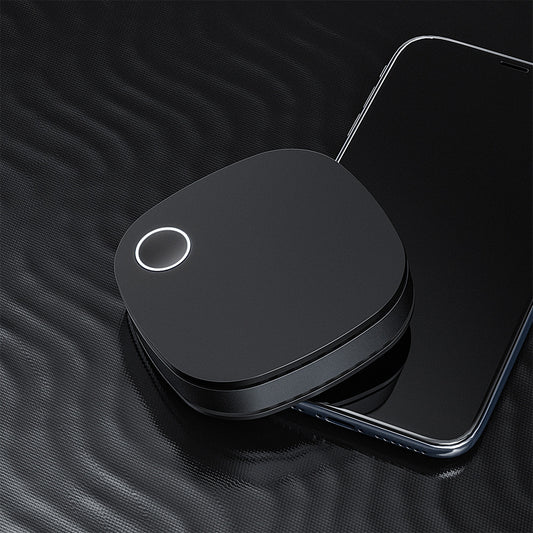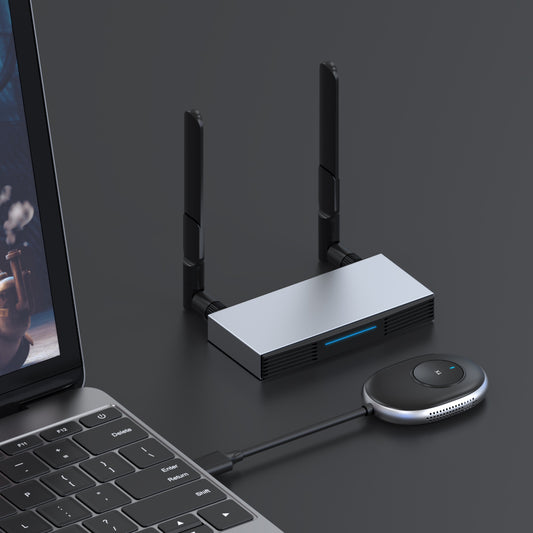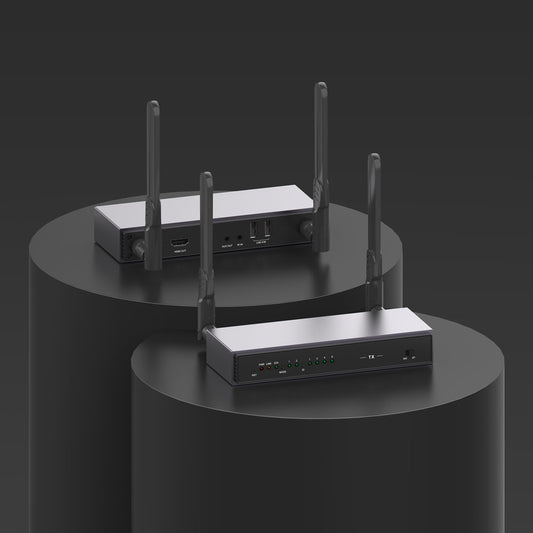
Low Latency Wireless HDMI:Why Do You Have To Have It?
Running an HDMI video link between the video player and a television or projection isn't always easy, or even viable. A Low latency wireless HDMI solves this issue by allowing you to remotely transport an AV signal across space or through walls to another place. A proper connected solution will always be more trustworthy, but if you need a low latency wireless HDMI, the Proscreencast works well and has more capabilities than its competitors.
Should you use low latency wireless HDMI? What is the process, why should you try it, and why shouldn't you? I'm going to answer those questions in this post, so at the end,you'll know if this is an appropriate answer.
Benefits of Low Latency Wireless HDMI
Give the game a better experience:
Different from traditional wireless HDMI, the Low latency wireless HDMI can make your game smoother and give you the best feel, even shooting games are very smooth, of course, this is under the condition of your network is smooth.
Cable clutter is being reduced
Cables contribute to an unappealing and perhaps unsafe environment. The wires could lead you to slip and fall, plus they don't match your baseboards.
Setup and adjustment are made as simple as possible
Simply connect the screen to the receiving end and the media player to the transmitter of the system, then turn everything on. There is no need to wind a long Ethernet cable through, around, over, and underneath obstructions. Do you want to change the receiver's display? Do it without needing to tote along a hefty Ethernet cord.
Placement flexibility
When it comes to situating your source devices and display, wireless HDMI extenders provide the most flexibility. While keeping the source device safe, you ought to prevent wired solutions that confine you to restricted locations where connections are available. Wireless HDMI can deliver video and audio to hard-to-reach locations where drilling under walls and stringing cables under them is impossible. You can improve how it looks for audience at an address, sermon, demo station, and so on by adjusting the positioning of your display.
What do you need to know before purchasing a low latency wireless HDMI?
What exactly is low latency wireless HDMI?
First and foremost, let's define wireless HDMI. There are two fundamental forms of this technology: one in which the device and screen are both tied to an antennae for casting and receiving, and another in which just the device that receives signals has an attached antennae and you cast over current technologies.
Simply put, low latency wireless HDMI is the period of time that elapses between the capture of video and the display of video. Varying applications have varying latency needs. For some applications, such as set-top boxes, Blu-ray players, and other entertainment devices, Low latency wireless HDMI is not necessary; several seconds of delay is acceptable.
If you are playing racing games, first person shooting (FPS) activities, or augmented and virtual reality (VR/AR) games, fast data transfer speed is critical to a seamless gaming experience. Or, if there is a delay between controller operation and movement in the game, it is very exasperating.
In general, a suitable latency is between 40 and 60 milliseconds (ms), with a speed of more than 100ms indicating considerable video lag. Because of the reduced latency time, gamers may effortlessly operate their games using a remote, controller, and mouse. At this point, SC01 performed very well.
Is there any extra latency with wireless HDMI?
Yes, absolutely. I couldn't find any genuine benchmarks for this extremely particular use case, but a thorough understanding of the technology that underlies it can help highlight why this isn't a solution that professional players should ever consider.
To begin, because of the nature of Wi-Fi connections, wireless display technology will bring extra lag into the picture. Despite using a 5 GHz Wi-Fi connection on both ends, that decreases input lag and improves performance at the expense of range, you'll still experience more input latency than with a cable connection. Furthermore, radio interference is an urgent worry for any wireless device, particularly with latency-sensitive applications such as gaming.
How to determine which low latency wireless HDMI is Right for You?
What do you want to send, and how do you intend to get back and display audio and video?
Although the majority of HDMI wireless configurations will be suitable with numerous usage, one may better fit your individual needs than another. Streaming traditional television from a cable box around the home will have unique needs than delivering the display on your laptop and audio on your TV or a gamer's need for zero latency from their console to the TV.
Signal strength and range
- Signal strength: also known as the distance between your transmitter and receiver. This is likely to be a need in an office setting, but it might not be necessary in a larger home.
- If the HDMI wireless network will only be used in the family room to eliminate the unsightliness and inconvenience of tangled cords, you need to know the length of your area in order to get the most appropriate equipment. Keep in mind that wireless communication works best with unobstructed lines of sight and will vary depending on the thickness of the walls, cabinets, and ceilings.
- Consider what is to come and how you can assure the unit will be able to keep up with your expansion, as well as the flexibility the longer-range may provide if the scenario changes.
Latency
- While zero-latency or no delay in signal processing may be more significant in some applications than others, consider how it can be disconcerting for video and sound to be slightly wrong, resulting in lag.
- When projection from a drone camera, zero-latency is particularly critical because the pilot needs to know where the unmanned aircraft is in absolute real-time.
1080p as opposed to 4K
- whether you want to stick with the long-accepted conventional 1080p video resolution for wireless HD video, or whether you've already upgraded to 4K?
- 4K resolution enables for larger screens. The 4K indicates the system has approximately 4,000 horizontal pixels, while the 1080p has 1,080 vertical pixels, but in layman's words, the 4K has approximately double the number of pixels in a given region of the viewing screen.
Conclusion
Technology advancements have made streaming video feasible almost anywhere, to all of our mobile devices—in our cars, on airlines, and, thanks to the smartphone, even in our pockets as well.
While looking for wireless, with the development of science and technology, our requirements for products are getting higher and higher, Low latency wireless HDMI is an inevitable trend.








